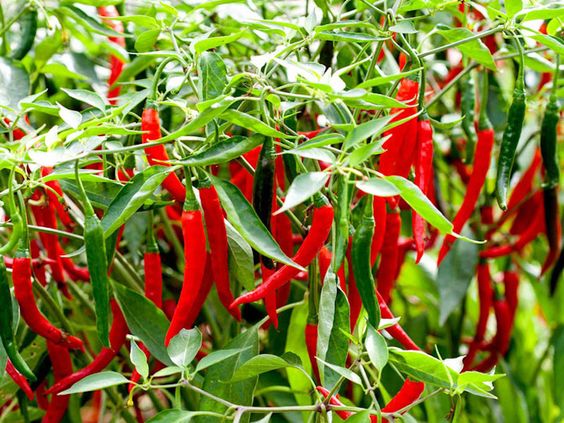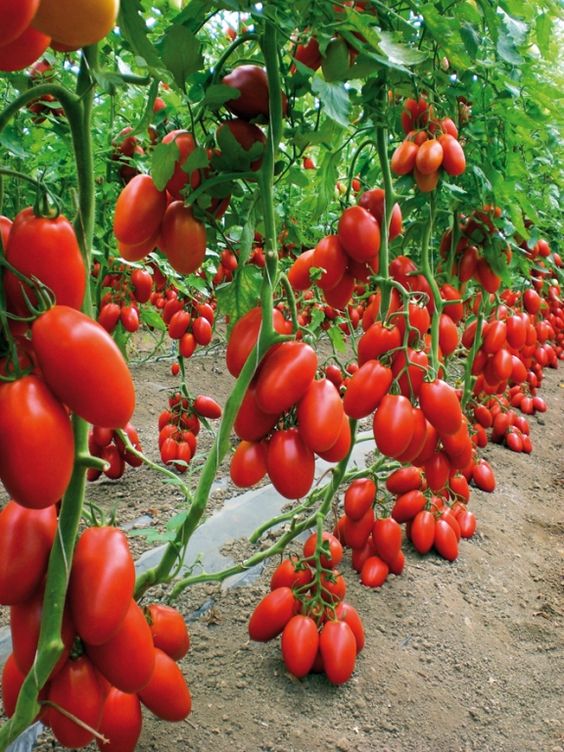Smart Chili Cultivation Guide: Grow Bountiful Peppers with Technology
Chili Cultivation Guide,The fiery allure of chili peppers has captivated taste buds for centuries. From the mild sweetness of Poblanos to the scorching heat of Ghost Peppers, these versatile fruits add a vibrant kick to countless cuisines. However, cultivating robust and flavorful chili peppers requires a keen understanding of their needs and the vagaries of nature. Enter Smart Agriculture – a revolutionary approach that leverages technology and data to optimize chili production. This comprehensive guide equips you, the modern farmer, with the knowledge and tools to navigate the exciting world of Smart Chili Cultivation, empowering you to achieve bountiful harvests with enhanced efficiency and sustainability.
Contents
- 1 Benefits of Smart Chili Cultivation Guide:
- 2 Objectives of this Chili Cultivation Guide:
- 3 Explanation of Smart Agriculture Technologies:
- 4 Uses of Smart Agriculture in Chili Cultivation Guide:
- 5 Advantages of Smart Chili Cultivation Guide:
- 6 Advantages and Specialties of Chili Pepper Varieties:
- 7 Smart Soil Management:
Benefits of Smart Chili Cultivation Guide:
- Increased Yields: Optimize growing conditions with real-time data on soil moisture, temperature, and nutrient levels, leading to healthier plants and maximized fruit production.
- Reduced Costs: Targeted resource allocation through precision irrigation and fertilization minimizes waste and lowers operational expenses.
- Improved Quality: Consistent environmental monitoring and adjustments ensure ideal conditions for optimal chili development, resulting in superior fruit size, flavor, and disease resistance.
- Enhanced Sustainability: Smart Agriculture promotes responsible water usage and minimizes chemical inputs, leading to a more eco-friendly chili cultivation practice.
Objectives of this Chili Cultivation Guide:
Chili Cultivation Guide,This guide serves as a roadmap for chili pepper cultivation, integrating the principles of Smart Agriculture. It delves into the essential stages of chili growth, from seed selection to harvest, while highlighting the practical applications of relevant technologies. By the end, you will be equipped with the knowledge to:
- Choose the right chili pepper variety for your climate and market demands.
- Establish a robust growing environment tailored for optimal chili health.
- Utilize data-driven techniques to monitor and manage soil moisture, temperature, and nutrient levels.
- Implement precision irrigation and fertilization practices for efficient resource allocation.
- Identify and effectively address potential threats such as pests and diseases.
- Harvest and post-harvest handling practices for maintaining chili quality.
Explanation of Smart Agriculture Technologies:
Chili Cultivation Guide,Smart Agriculture is an umbrella term encompassing a range of cutting-edge technologies that transform traditional farming practices. Here’s how some key elements contribute to successful chili cultivation:
- Sensors: Wireless sensors strategically placed in the field continuously monitor soil moisture, temperature, pH levels, and even plant health indicators.
- IoT (Internet of Things): Sensors transmit real-time data to a centralized platform accessible through mobile devices or computers.
- Big Data Analytics: Powerful software processes the collected data to generate insights on optimal irrigation schedules, fertilizer application, and potential pest outbreaks.
- Precision Irrigation Systems: Utilizing data on soil moisture levels, these automated systems deliver water exactly where and when plants need it, minimizing waste.
- Variable Rate Technology (VRT): Advanced equipment can apply fertilizer at precise rates based on the specific needs of different zones within the field.
Uses of Smart Agriculture in Chili Cultivation Guide:
Chili Cultivation Guide,Smart Agriculture empowers you to become a proactive chili cultivator, not just a reactive one. Here are some specific applications:
- Automated Irrigation Scheduling: Sensor data dictates irrigation cycles, ensuring plants receive sufficient water without oversaturation, preventing root rot.
- Data-Driven Fertilization: Real-time analysis of soil nutrient levels guides targeted fertilizer application, maximizing plant uptake while minimizing waste and potential environmental pollution.
- Pest and Disease Monitoring: Sensors can detect early signs of pest or disease outbreaks, allowing for swift intervention and reducing crop damage.
- Climate Control with Automation: In greenhouse environments, sensors trigger automated systems to maintain optimal temperature and humidity levels.
- Yield Prediction: Advanced analytics can predict potential yields based on real-time data on plant health and environmental conditions, allowing for informed planning and resource allocation.
Advantages of Smart Chili Cultivation Guide:
Chili Cultivation Guide,Compared to traditional methods, Smart Agriculture offers several distinct advantages:
- Reduced Labor Costs: Automated systems for irrigation and fertilization decrease the need for manual intervention, freeing up valuable labor for other tasks.
- Improved Decision-Making: Real-time data empowers informed decision-making, leading to more efficient resource utilization and a better understanding of your chili crop’s needs.
- Enhanced Sustainability: By minimizing water usage and precise fertilizer application, Smart Agriculture promotes a more eco-friendly cultivation practice.
- Traceability and Certification: Smart Agriculture tools can generate detailed data on chili cultivation practices, facilitating traceability and compliance with certification standards.
Advantages and Specialties of Chili Pepper Varieties:
Chili Cultivation Guide come in a dazzling array of shapes, sizes, colors, and, most importantly, heat levels. Choosing the right variety for your climate and market demands is crucial for success. Here’s a breakdown of some popular cultivars and their specialties:
- Bell Peppers: These mild-flavored, large peppers are versatile, ideal for fresh consumption and culinary applications.
- Serranos: Slightly hotter than Jalapeños, these green chilies are favored for their bright flavor and are often used in salsas and hot sauces.
- Poblanos: These large, dark green peppers offer a mild, almost sweet flavor, making them ideal for stuffing and roasting.
- Cayenne Peppers: These elongated red chilies pack a serious punch and are primarily used dried and ground into cayenne pepper powder.
- Habaneros: Famed for their scorching heat, Habaneros are a favorite among heat enthusiasts and are used sparingly in hot sauces and salsas.
- Ghost Peppers: Considered one of the hottest peppers globally, Ghost Peppers are used with extreme caution due to their intense capsaicin content.
Smart Soil Management:
Healthy soil is the cornerstone of robust chili plants. Here’s how Smart Agriculture empowers you to optimize soil conditions:
- Soil Testing: Regularly perform soil tests to monitor nutrient levels (nitrogen, phosphorus, potassium) and pH. Sensor data can also provide insights into soil moisture content.
- Soil Amendments: Based on soil test results, incorporate organic matter like compost or aged manure to improve soil fertility and drainage.
- Precision Fertilization: Smart Agriculture facilitates targeted fertilizer application based on real-time data on soil nutrient levels and plant needs. This minimizes waste and ensures optimal nutrient uptake by chili plants.
- Cover Cropping: Planting cover crops during the off-season helps suppress weeds, improve soil fertility through nitrogen fixation, and enhance soil structure.
Chili Cultivation Guide,By embracing Smart Agriculture principles, you can cultivate thriving chili crops with enhanced efficiency, sustainability, and profitability. This guide has equipped you with the knowledge and tools to navigate the exciting world of Smart Chili Cultivation. Remember, continuous learning and adaptation are key to success in agriculture. As you gain experience and experiment with different techniques, you’ll refine your approach and become a master cultivator of these fiery delights. So, step into the field, leverage the power of technology, and cultivate a bountiful harvest of success




